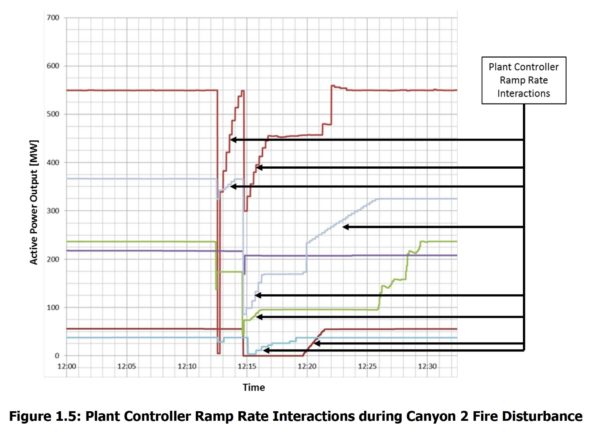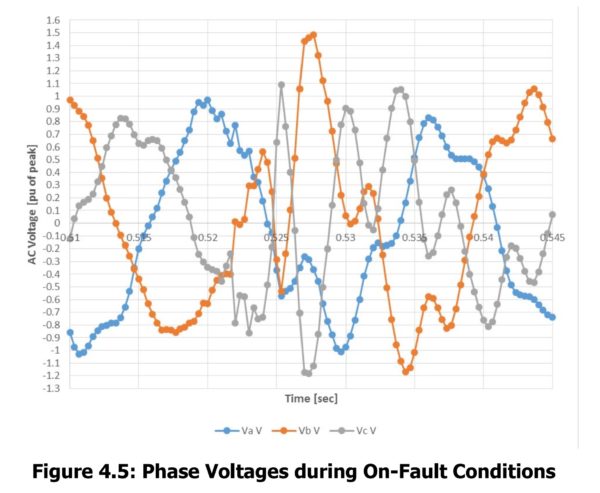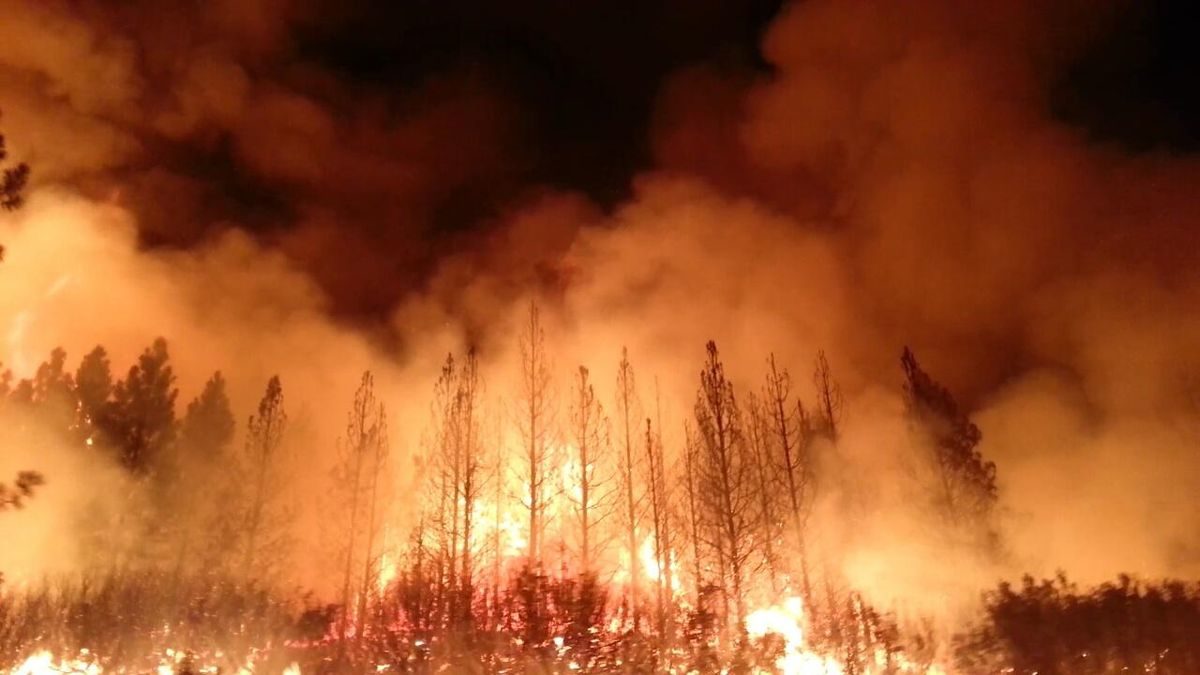As wind and solar begin to dominate the power grid, the inverters managing the electricity produced by spinning blades and sunlight absorbing panels will increasingly rise to importance. And instead of thousands of power plants acting in concert, there will be tens of millions of virtual power plants.
But again – it comes down to the inverters communicating across the grid – and that can present challenges.
The North American Electric Reliability Corporation (NERC) published research detailing multiple grid events that produced solar power outages across a region. One pattern that has arisen is that a grid asset abnormality occurs, like power plants tripping or fires causing shorts. Solar assets react by lowering output for a short to medium amounts of time, versus ‘riding through’ these events.

In prior pv magazine USA coverage, a West Texas event earned a NERC analysis after a single-line-to-ground fault on a generator step-up transformer at a combined-cycle power plant led to a reduction of 1,178 MW of solar PV resources – up to 200 miles away. NERC later released Multiple Solar PV Disturbances in CAISO, which described why more than 100 utility scale solar plants, and a significant amount of distributed solar, shed gigawatts of capacity during grid fault events in the spring and summer of 2021.
NERC has now released an analysis of the Blue Cut and Canyon 2 Fire disturbances of August 2016, and October 2017, respectively. The report is a product of ongoing work by the Inverter-Based Resource Performance Task Force.
The report notes that the Blue Cut Fire caused a 500 kV line fault and led to a temporary loss of 1,178 MW of solar generation. NERC stated that inverters were tripping erroneously on instantaneous frequency measurements, and that a majority of the units quickly ceased injecting energy into the system when voltage measurements fell outside of a standard range.

The Canyon 2 fire caused ‘phase-to-phase’ faults on 220 kV and 500 kV transmission lines. These events caused the reduction of solar output “across a wide region of the Southern California Edison footprint.”
It was suggested that the main issue of the Blue Cut Fire (inverters tripping on calculated frequencies) was ‘mitigated at Canyon 2. However, a list of additional challenges were noted:
- Inverters continued to use momentary cessation as a form of ride-through
- Plant-level controller ramp rates were interacting with the recovery from momentary cessation
- Many inverter protective controls were set solely based on the PRC-024-2 voltage curve, rather than actual equipment limitations
- Many inverter protective controls were set to trip for instantaneous voltage over 1.2 pu, using an unfiltered measurement
- One inverter manufacturer reported phase lock loop (PLL) synchronization issues
- One inverter manufacturer reported tripping on dc reverse current that required a manual reset at the inverter
NERC also suggested that “transient interactions between momentary cessation, transient overvoltage, and in-plant shunt compensation” will warrant further investigation.
Prior reports have suggested that many inverter problems could be solved by correcting settings or performing basic updates.
This content is protected by copyright and may not be reused. If you want to cooperate with us and would like to reuse some of our content, please contact: editors@pv-magazine.com.









Every Grid tied inverter depends on the sine wave of utility power to activate and follow in producing electricity. What if a second RF carrier wave was induced that the inverter could look at instead? We can send RF through the electrical wires of our home to carry sounds with remote speakers, light controllers and other AC devices so why not have one for the utility lines? You would just need to have a “repeater” at transformers that act like RF insulators that have their own back up UPS to keep them active and working during a power outage. To protect workers working on downed power lines, they would just need to turn off the RF repeater while working on the circuits to disable back feeding power or isolate the micro grid with an addition shut of switch on the load side of the transformer just as there is on the line side of all transformers. These kinds of solutions are not a priority of utilities because they in business of selling their power, not the homeowner’s power since there is no profit incentive to keep a microgrid going unless they could get a “piece of the action”. If homeowners on NEM-3.0 where only paid for 80% of what they place back onto the grid instead of the current 100% in NEM 2.0, then the incentive to keep making that 20% profit would allow them to keep micro grids running for as long as possible. It could also finance local battery storage owned by the utility to keep microgrids working even in flex alerts or emergency transmission fire events when they shut down large transmission lines.